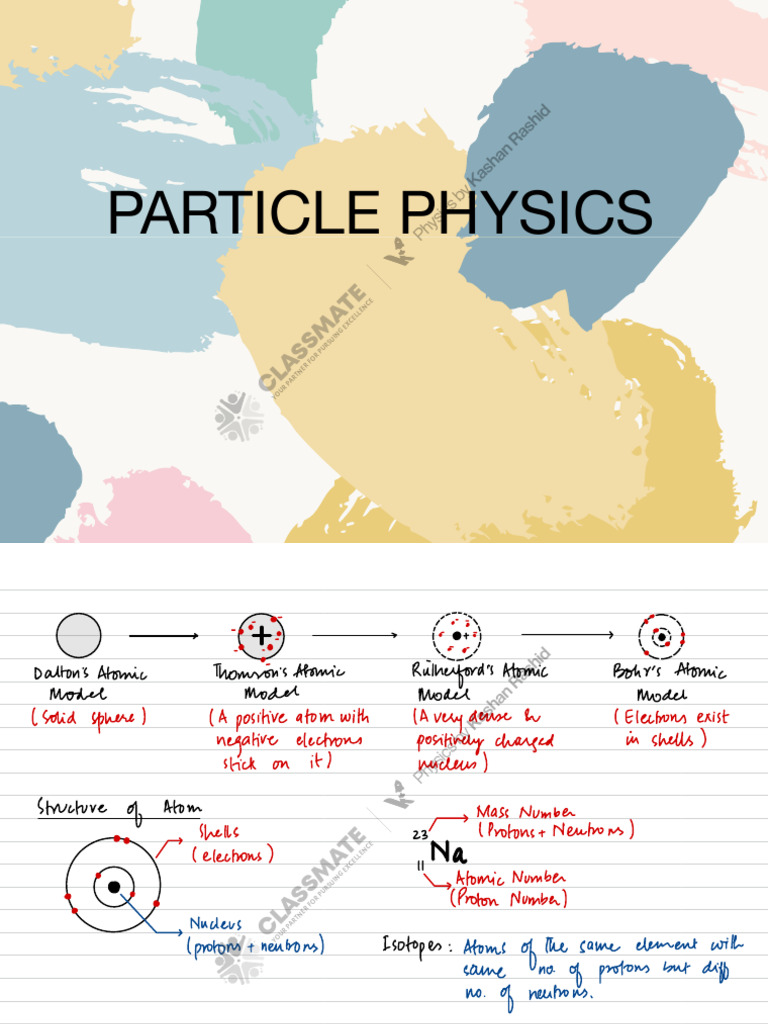Particle physics, at its core, is the branch of physics that delves into the fundamental constituents of matter and the forces that govern their interactions. This field, often referred to as high-energy physics, seeks to unravel the complexities of the universe by examining the infinitesimal particles that compose all known matter. The obsession with particle physics stems from a profound quest for understanding not merely the tangible world around us but also the very underpinnings of reality itself.
One of the most striking observations that render particle physics captivating is the paradox of the minuscule. Matter, which constitutes our everyday experiences—ranging from the solid ground beneath our feet to the air we breathe—is predominantly composed of atoms. Atoms, in turn, are primarily made up of protons, neutrons, and electrons. However, upon probing deeper, we discover that protons and neutrons are not elementary themselves; they are comprised of quarks, bound together by the strong force mediated by gluons. Hence, the inquiry into particles leads us down a rabbit hole of complexity and interconnectivity.
The Standard Model of particle physics serves as the cornerstone framework that categorizes all known fundamental particles and elucidates their interactions via four fundamental forces: electromagnetism, weak nuclear force, strong nuclear force, and gravity. Each force plays a distinct role; for instance, electromagnetism governs the interactions of charged particles, while the strong nuclear force is responsible for binding protons and neutrons within atomic nuclei.
Another compelling facet of particle physics is the concept of symmetries and conservation laws. These principles dictate that certain quantities remain invariant under specific transformations. For example, charge conservation asserts that the total electric charge in an isolated system remains constant. The realization of such deeper symmetries fosters a sense of order within the chaotic realm of fundamental interactions and inspires physicists to seek grand unifying theories that could encapsulate all known forces and particles.
The discovery of the Higgs boson in 2012 stands as a monumental achievement within the domain of particle physics. Predicted by the Standard Model, the Higgs boson is associated with the Higgs field, an omnipresent field vital for endowing mass to elementary particles through the Higgs mechanism. The existence of this elusive particle not only confirmed a crucial aspect of the Standard Model but also propelled the scientific community into a deeper contemplation of mass and how it relates to the fabric of the universe.
Particle accelerators, like the Large Hadron Collider (LHC) at CERN, epitomize human ingenuity in the quest for fundamental truths. These colossal machines accelerate particles to near-light speeds and collide them, simulating conditions akin to those just after the Big Bang. The resultant energies achieved in these collisions allow physicists to probe phenomena that were once deemed unattainable, illuminating the interactions that govern particle behavior and leading to discoveries that tweak our understanding of nature itself.
However, challenges abound in particle physics. Many particles postulated by theoretical models, such as supersymmetry particles or dark matter candidates, remain elusive and undetected. The quest for these phenomena compels physicists to venture into the uncharted territories of theoretical speculation, often resulting in a convoluted landscape of competing hypotheses. The interplay between theory and experiment fuels an ongoing dialogue, continuously refining our comprehension of the universe.
A particularly fascinating aspect of particle physics is its philosophical implications. The notion that everything in the universe—stars, planets, living beings—stems from a common assembly of subatomic particles challenges our conventional understanding of existence and identity. The intricacies of particle interactions evoke profound questions about determinism, randomness, and the very nature of reality. As particles traverse through quantum states, they defy classical intuitions, offering a glimpse into a reality that operates on principles far removed from everyday experiences.
In addition to philosophical musings, the ramifications of particle physics extend into various practical domains. Knowledge gleaned from this field has propelled advancements in medical imaging, radiation therapy, and data analysis techniques. The invention of the World Wide Web, originally developed to facilitate communication among physicists at CERN, exemplifies the unforeseen benefits of pursuing fundamental research. Consequently, the relevance of particle physics transcends theoretical confines, enhancing technologies that permeate our daily lives.
As society grapples with profound existential questions and the mysteries of the cosmos, particle physics stands as a beacon of human curiosity and inquiry. Each discovery unveils new layers of reality, engendering awe and inspiration. Whether it is deciphering the enigma of dark matter or probing the inflaton field related to cosmic inflation, the quest for knowledge within this domain remains insatiable. Through unraveling the mysteries of the universe, particle physics not only illuminates the depths of matter but also inspires a collective pursuit for understanding our place within the cosmic tapestry.
In conclusion, the field of particle physics serves as a rich repository of human knowledge and inquiry. The combination of intricate particle interactions, profound philosophical questions, and real-world applications demonstrates both its complexity and significance. The continual evolution of this discipline beckons us toward an ever-deepening understanding of the universe and our own existence within it.












